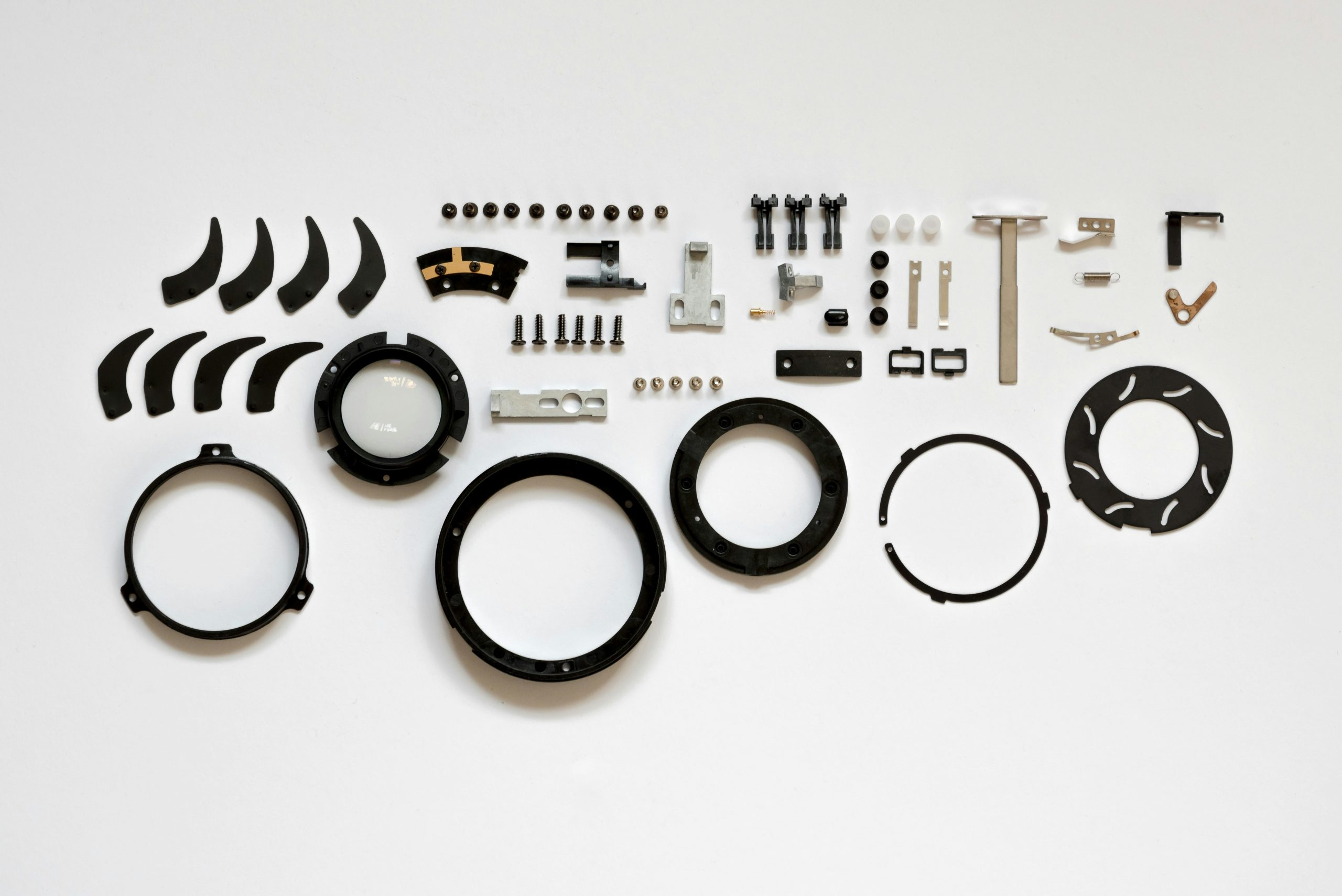Right-to-Repair Legal Wins: Forcing Companies to Release Schematics
The topic of right-to-repair and the release of schematics by companies has been a hot-button issue for years, with advocates fighting for consumers’ ability to fix their own devices and reduce electronic waste. Finally, there have been some major legal wins in the past year that are forcing companies to release the information needed for repair. This is a huge victory for both consumers and the environment. Let’s take a closer look at what right-to-repair means and these recent legal developments.
The Right-To-Repair Movement
The right-to-repair movement advocates for consumers’ right to access information and parts needed to repair their devices. In the age of planned obsolescence and proprietary designs, it has become increasingly difficult for individuals or small repair businesses to fix electronics without going through the manufacturer. This not only limits options for consumers but also contributes to a growing electronic waste problem.
The movement has gained momentum in recent years, with consumers demanding the ability to repair their own devices and independent repair businesses pushing for access to necessary information and parts. They argue that it is ultimately their device, and they should have the right to repair it as they see fit.
Forcing Companies to Release Schematics
One of the major barriers to repair has been the lack of access to schematics, or diagrams showing the internal components and connections of a device. Without this information, repairs can be much more challenging and may even render the device unusable.
However, in the past year, there have been several legal victories that are forcing companies to release schematics. In July 2020, the landmark Right to Repair Act was passed in Massachusetts, making it the first state to have a comprehensive right-to-repair law. This law requires manufacturers of electronic products to provide repair manuals and diagnostic tools to individuals and third-party repair businesses.
In October 2020, the European Parliament also voted in favor of implementing stricter right-to-repair laws. This includes requiring companies to make spare parts and repair information available for at least 10 years after a product was released. The hope is that these laws will reduce electronic waste and promote a more circular economy.
The Impact of Right-To-Repair
The release of schematics has a significant impact on consumers, independent repair businesses, and the environment. Consumers now have more options for repairing their devices, whether it be on their own or by choosing a repair business that may offer more affordable prices. This reduces the need to constantly upgrade to new devices, saving money and reducing electronic waste.
Independent repair businesses also benefit from having access to schematics, as it allows them to provide more comprehensive and affordable repairs. This in turn promotes healthy competition in the repair industry and prevents manufacturers from having a monopoly on repairs.
On a larger scale, easier access to schematics can have a positive impact on the environment by reducing electronic waste. Currently, only about 17% of e-waste is properly recycled, leaving the rest to pile up in landfills or be incinerated, releasing harmful chemicals into the environment. By extending the lifespan of devices through repair, we can greatly reduce the amount of electronic waste generated.
The Future of Right-To-Repair
While these legal wins are a step in the right direction, there is still much work to be done. The right-to-repair movement continues to push for more comprehensive laws and for companies to be more transparent about their repair policies and procedures.
There is also a need for more cooperation between manufacturers and independent repair businesses. By working together, they can create a more sustainable and cost-effective repair system for consumers.
Conclusion
The victories in right-to-repair laws and the release of schematics by companies is a significant step towards a more environmentally-friendly and consumer-friendly repair system. By continuing to advocate for right-to-repair and making it easier for individuals and independent businesses to repair devices, we can all contribute to a more sustainable future and reduce electronic waste for generations to come.











